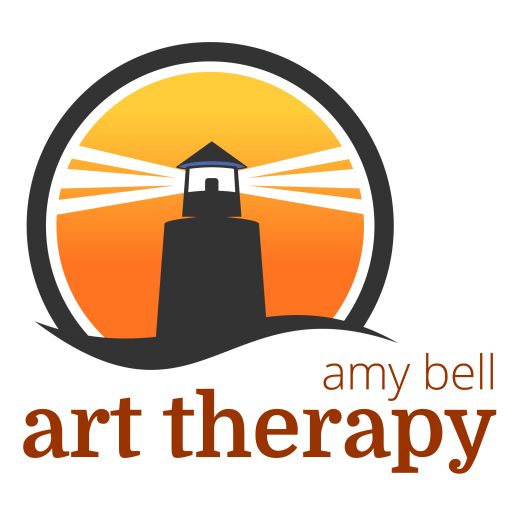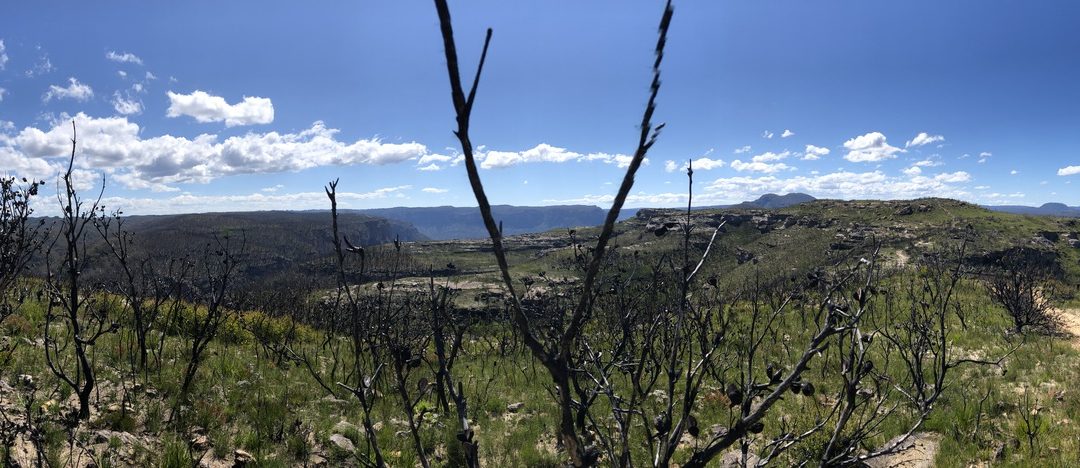In May we saw news of comedian, Magda Szubanski, and “egg boy”, Will Connolly helping bushfire survivors in NSW using art therapy, and on abc news about “art as therapy” delivered as a peer support workshop for PTSD.
“Many clinicians have acknowledged art expression as a way to work through the grief process, art (as well as creative writing, poetry or other art forms) seem to appear spontaneously in an attempt to express the deep suffering one experiences when confronted with a significant loss”
– Cathy Malchiodi (1992, p114)
The innate healing or therapeutic nature of art is well known and artists offer respite to the viewers as well as the relief they get from expulsion of feeling through the art making process. Workshops are emerging offering a healing experience using art as the nation is aching for relief from personal and collective pain. But what is the difference between therapeutic art-making and Art Therapy?
Perhaps one of the most common differences between the two is the overall intention, which is self-expression. In other words, the purpose of Art Therapy is to explore, communicate or express feelings or experiences with the guidance of a professional therapist, while therapeutic art-making (art as therapy) is to either explore a topic individually or in a peer group context (without a professional therapist).
Art Therapy can be used as a complement to traditional mental health treatment or on its own. The use of art materials helps explore subconscious parts of the brain and explore feelings deeply without being too confrontational (Case and Dalley’s 1992/2006), which many participants enjoy and appreciate.
Art Therapy as a professional counselling approach was developed after Adrian Hill, an artist working in Tuberculosis sanatoriums after the second world war observed the benefits patients gained from his art groups and formally began using it as a therapeutic approach which he called Art Therapy. Artist Edward Adamson began volunteering with Adrian Hill in the isolated tuberculosis sanatoriums before devoting his life to working in the mental asylums of London developing Art Therapy to include psychotherapy. He collected and exhibited thousands of outsider artworks from the patients, most famously an exhibition featuring the “art of schizophrenics”; some of his collection is preserved in Lambeth Hospital in the UK. In 1964 the British Association of Art Therapists was founded, with Canada and USA following soon after but it wasn’t until 1987 when adopted in Australia (Hogan 2012 ; O’Flynn 2011).
While various short courses exist, the Masters in Art Therapy offers the more advanced training in psychotherapy. Offering art-based therapy to people who are not artists has opened a new field of therapy, along with music and drama therapies, which use movement and sound to explore subconscious feelings without the focus on talking it out and creating a creative form of expression which frees the individual from the pressures talking therapy may bring (Chaneb 2016).
The idea that movement, art and music can heal is deeply embedded in culture. A strong culture is rich in the arts, and its people are stronger for it. A community rich with creativity is more resilient and connected.
“Everything is art. Everything is politics.” Ai Weiwei 2012
Art conveys the deeper expressions and the viewer’s experience is often reflective of their own subconscious. The power of the image for the maker and viewer is innately healing and confronting. The development of Art Therapy, using art materials in the presence of a qualified art therapist is a unique counselling technique which appeals to people who do not like talking, or are looking for a different approach to exploring their problems or supporting growth.
REFERENCES
Adamson, E. (1984). Art as Healing. Newburyport, USA: Red Wheel/Weiser.
Case, C., & Dalley, T. (Eds.). (2006). The handbook of art therapy (2nd. ed.). Hove, UK: Routledge
Chaneb, B. (2016). Stephanie L. Brooke and Dorothy A. Miraglia (eds.) Using the creative therapies to cope with grief and loss. Journal of Child and Family Studies, 25(7), 2353-2355.
Hogan, S. (2001) The intellectual precursors of art therapy. In Healing Arts: the history of art therapy (p.21-31) London, UK: Jessica Kingsley
Malchiodi, C. (1992). Art and Loss. Art therapy: Journal of the American Art Therapy Association, 9, 3, 114-118.
O’Flynn, David. (2011). Art as Healing: Edward Adamson. Raw Vision (Vol 72) pp 46-54 https://www.researchgate.net/publication/331967376
Weiwei, A. (2012) Walsh, L (ed). Weiwei-isms. Princeton University Press (4th Ed)

